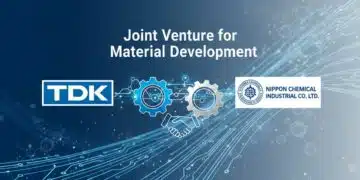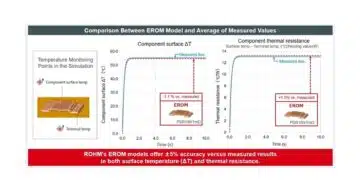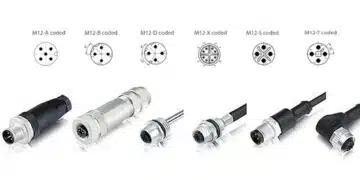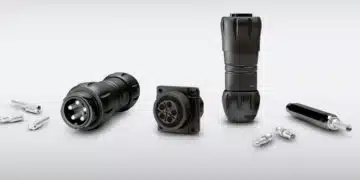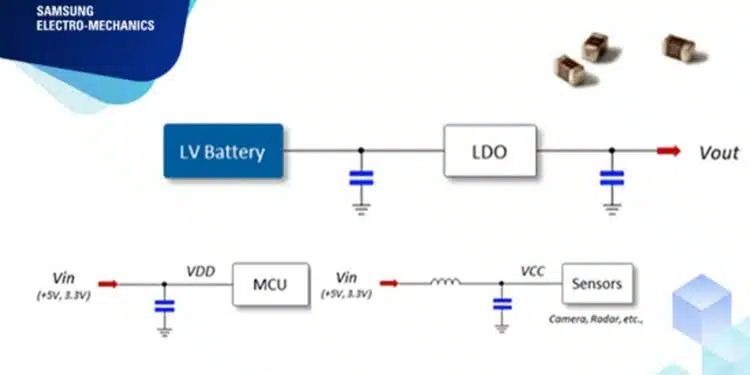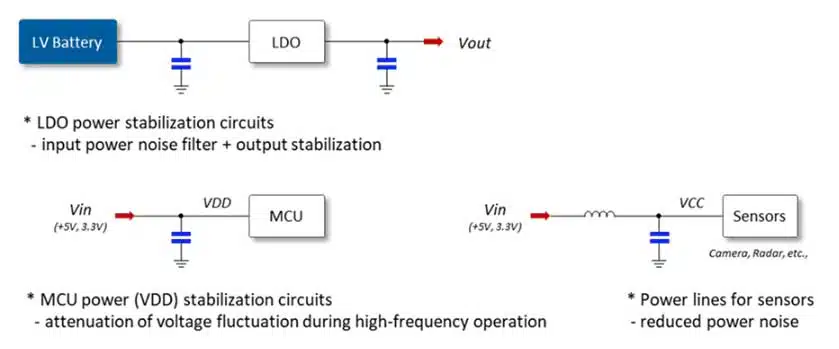Samsung Electro-Mechanics is pleased to announce the commencement of mass production for its ultra small automotive CL05Y474KOD6PJ# multilayer ceramic capacitors (MLCCs).
These 0402 inch (1.0 × 0.5mm) X7S (-55 to 125 °C, ±22%), rated 16 V, 470nF, with a guaranteed bending strength of 5mm MLCC ceramic capacitors are designed to meet the growing demands of the automotive industry, particularly in Advanced Driver Assistance Systems (ADAS), Radar, LiDAR, and High-Performance Computing (HPC) modules.
As the trend towards higher integration, density, and miniaturization in these technologies continues, the demand for smaller MLCCs has surged. The CL05Y474KOD6PJ# capacitors address this need by reducing the size from the conventional 0603 inch (1.6 × 0.8mm) to 0402 inch (1.0 × 0.5mm) while maintaining the same capacitance and rated voltage of 16 V, 470nF.
This ensures the capacitors meet the application’s requirements for compactness, high capacitance, high temperature (up to 125 °C), and voltage stability.
Application Example: ADAS
In the automotive ADAS environment, the integration and density of Electronic Control Units (ECUs) and sensors are increasing, necessitating the growth of compact and mid-capacitance MLCCs.
These capacitors are crucial for power stabilization and high-frequency noise suppression within ADAS circuits. Automotive electronics demand reliable operation under extreme conditions, making high durability and reliability essential.
Samsung Electro-Mechanics is expanding its 0402 inch 16 V bending-reinforced product line to meet these market needs, ensuring robust performance in demanding automotive applications.



